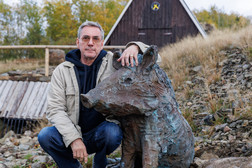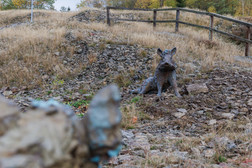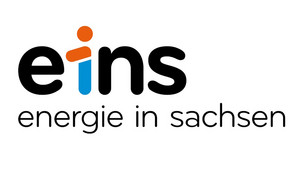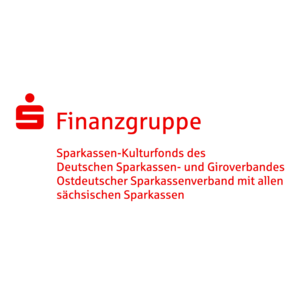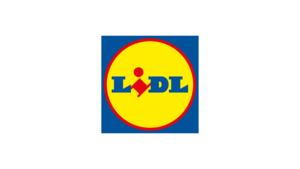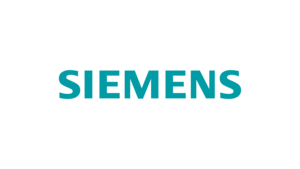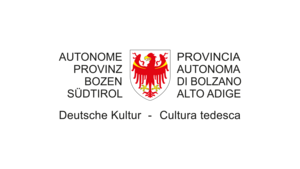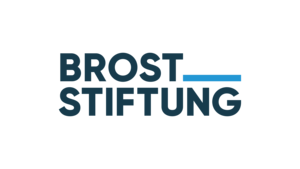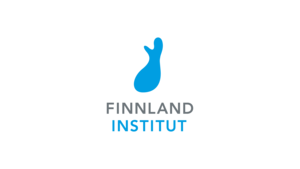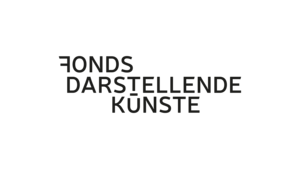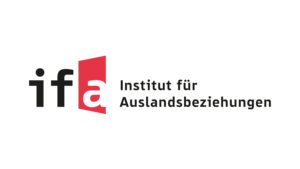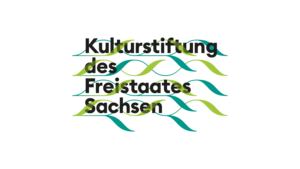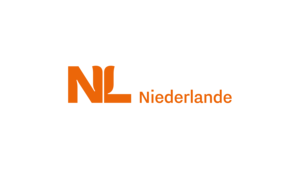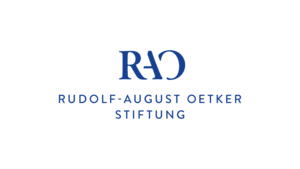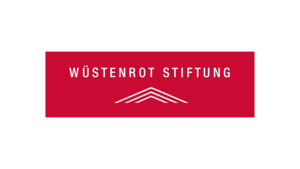Carl Emanuel Wolff: Wildschweine
Ehrenfriedersdorf


The sculptural work of Carl Emanuel Wolff, who was born in Essen in 1957 and teaches at the Dresden Academy of Fine Arts, is fantastic . With his animal and mythical creatures, his fairy-tale figures and personified everyday objects, the artist usually populates the white exhibition space and challenges the viewer’s imagination “to engage with the work as art and to complete it in and through contemplation”, as Karin Stempel wrote.
In Ehrenfriedersdorf, Wolff intervenes with three bronze sculptures in the open air behind the visitors’ mine and the mineralogical museum , which can be read as life-size wild boars. They stand, sit or lie on the floor without a pedestal. The traces of work are clearly recognisable on the bronze bodies, which the artist has dynamically carved out of the damp model material with his bare hands and simple tools, as if they were created directly on site and from the location.
The patinated gunmetal bronze of the sculptures, which were cast from the model mould during casting, contains tin as well as iron , the ore for which was mined in Ehrenfriedersdorf until 1990. According to legend, wild boars discovered the mineral there around 800 years ago. After a mud bath, tinstone shimmered in their fur and encouraged the inhabitants of Erinfritstorf to search for ore on what today is the Sauberg.
(Text: Alexander Ochs / Ulrike Pennewitz)
Carl Emanuel Woff
Wildschweine
In Ehrenfriedersdorf, tin mine museum
Material: patinated gunmetal bronze
Set up with the support of the town of Ehrenfriedersdorf.
Address:
Tin mine museum
Am Sauberg 1
09427 Ehrenfriedersdorf
to the location on Google Maps
There is a lot to discover at the PURPLE PATH! Experience tips presented by the Tourismusverband Erzgebirge e.V.
